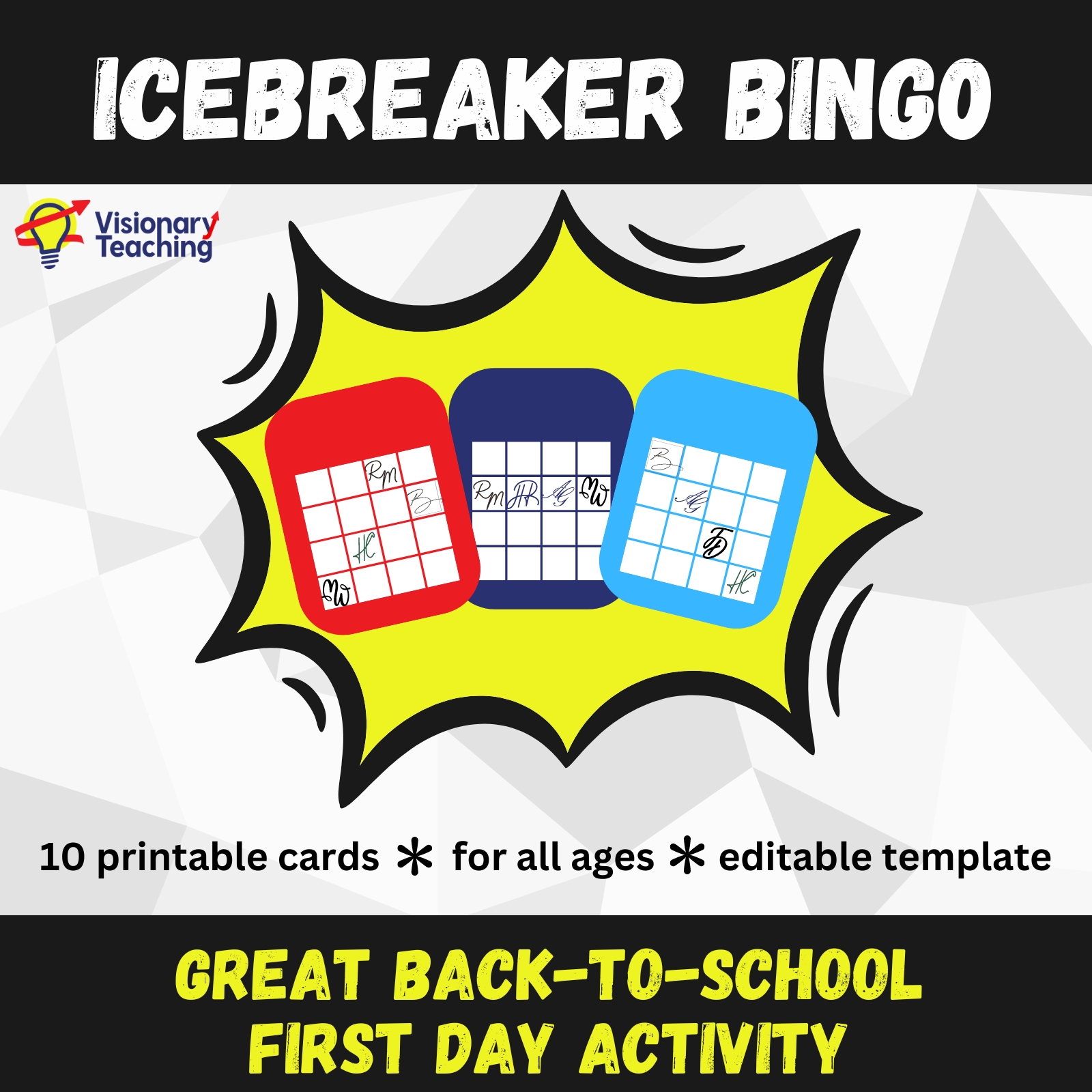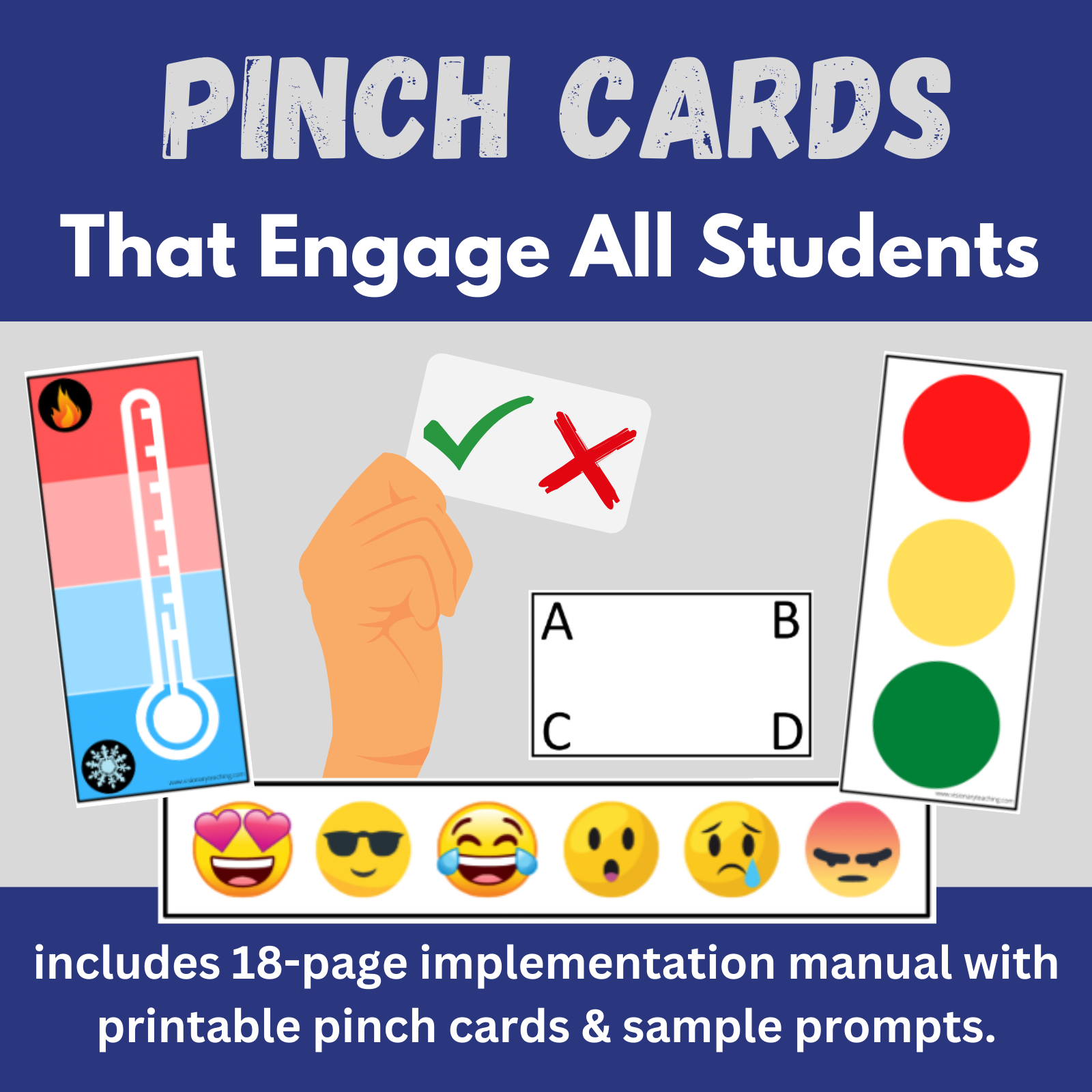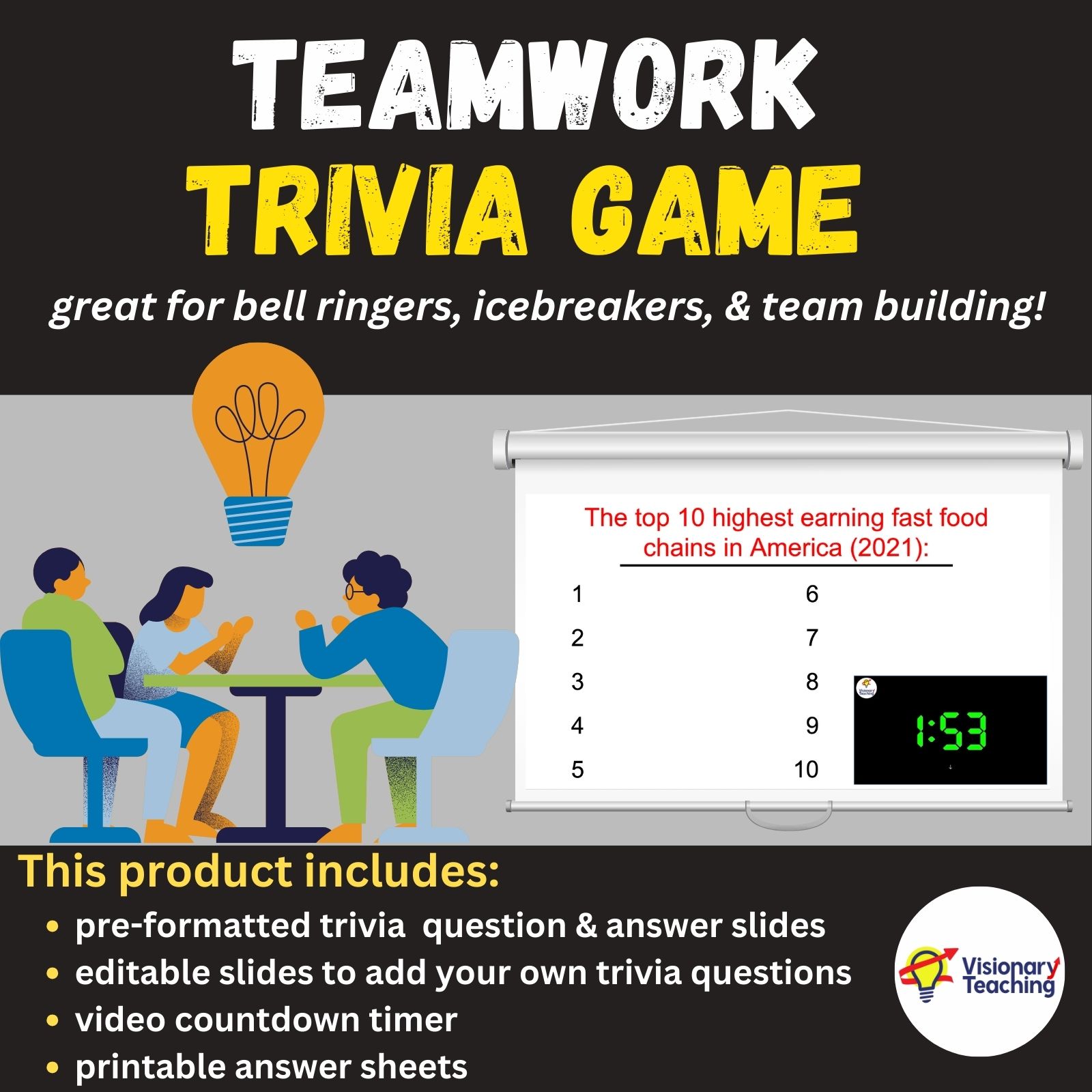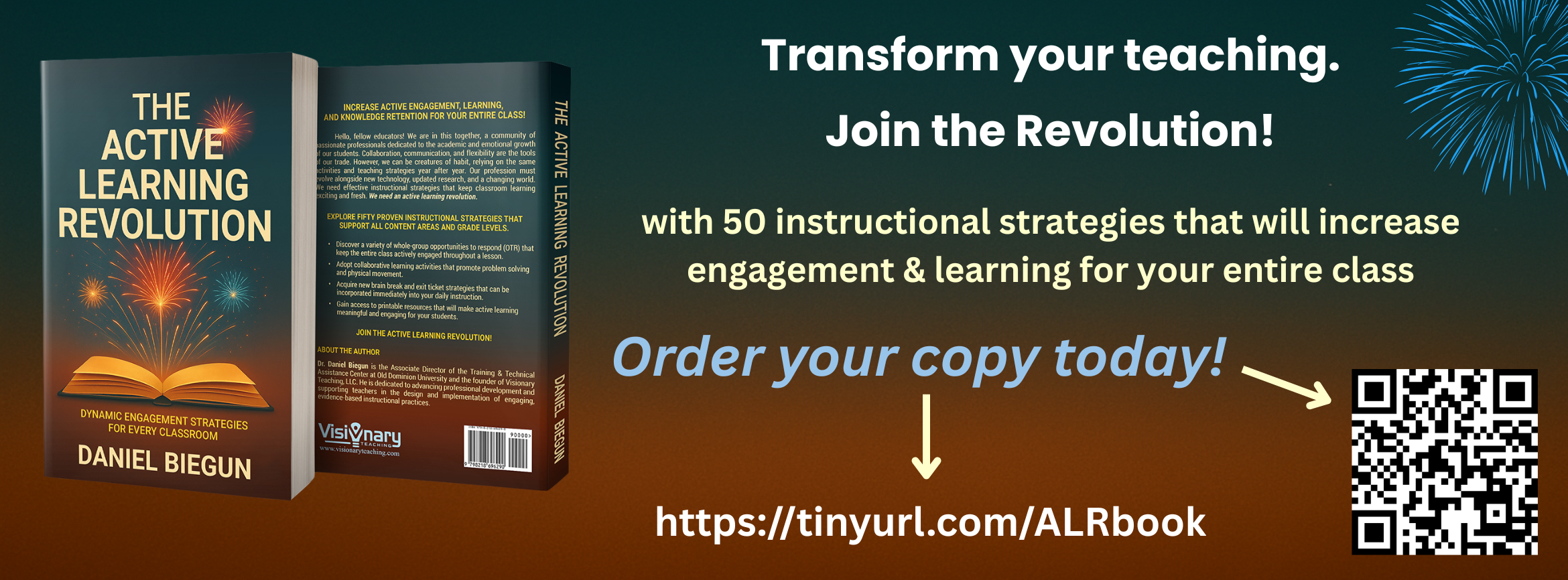
Think about when you are asking questions to your class. Does this sound familiar?:
You are ask a question and one or two of your eager learners are quick to raise their hands. In fact, the same few students always seem to be the first to raise their hands. Perhaps they know all of the answers. Most likely, they are able to process your question and retrieve an answer more quickly than their classmates.
Students vary in their processing speeds. It literally takes different amounts of time for our kids to perceive our verbal instructions, process what we said, mentally prepare an answer, and then respond. We must be careful not to routinely call on the students who are first to raise their hands. Or better yet, stop calling on individual students altogether.
When we are asking questions it is good practice to prompt the entire class to respond at the same time. Regardless of response type- verbal, pinch card, written, etc.- we want to give everyone a fair chance to formulate their thoughts and share an answer. Teach your class that after answering a question you will provide time for everyone to think and then you will count down and allow all students to respond at once.
You might say “3, 2, 1, respond.”
Asking all students to respond at the same time offers equity to everyone. This strategy works great in face-to-face, virtual, and hybrid learning environments!
This seems like a straight-forward strategy for most response types. The teacher counts down and then students give a verbal response, hold up a response card, reveal a written answer on a white board, or demonstrate a gesture.

But what about chat box responses on distance learning platforms like Zoom, Google Meet, etc. Well, let me introduce you to a super, awesome, amazing strategy called ATOMIC CHAT!
For teachers and presenters who use Zoom and other virtual platforms, the chat box feature is one of the simplest and most commonly used features. When you ask a question, you might note that some students are quick on their response- perhaps even typing in an answer before you finish asking the question.
Other students need more time to think about what they want to say. Atomic Chat will level the playing field.
Atomic Chat
Give a question or prompt and then tell everyone to type their response in the chat, but make it clear that they should NOT hit ENTER until you say so. Allow enough time for everyone to process and type in their response. After you have allowed enough time, count down “3, 2, 1, respond.” Sit back and see all of the responses come flooding in together. It is a lot of fun to watch!
Be sure to read through the responses and give positive feedback to the various submissions. This way you are not rewarding students for responding the quickest, but rather giving every student a fair chance to receive praise. (This also prevents students from copying what other learners have typed.)
Try to be more aware of allowing processing time for everybody. It will take your students a few tries to break the habit of calling out immediately calling out responses. I’ll tell you a secret: this is often difficult for my adult audiences, too.
Happy teaching!





